Red Dot & Magnifier Vs LPVO

You’re on the range and unbagging your brand-new rifle. The air is still, and the sun is high in the sky. You load and make ready. You aim, and with a press of the trigger, let the perfect shot off. The sweet smell of burnt gunpowder and gun oil enters the air, and the action cycles. For a moment, you’re satisfied with your rifle, until you begin to wonder if you made the right choice in optic type. The debate of a red dot and magnifier combo vs an LPVO has been had by many people, and to be honest, I’m not sure if I’m dedicated to one camp either. Let’s talk about some pros and cons, and why you might want to pick one over the other.
Red Dot and Magnifier Combo
A red dot and magnifier combo is exactly what it sounds like. It is a red dot optic paired with a magnifier.
Red dot optics can be purchased with a wide variety of features, window sizes, and reticle options. Usually, a good red dot optic will have a few ballistic drop references, allowing you to compensate for bullet drop roughly. These are usually not caliber-specific, so you’ll want to go to the range and test the bullet drop at the different distances. There are also usually a few night vision settings. All red dots require the use of batteries.
A red dot magnifier usually comes in a 3x or 4x variety, although they are available in up to 6x strength. There are different qualities of glass, different eye reliefs, and different sizes for every price point. Some also come with quick-detach mounts, like the Mepro MMX3 shown above, which makes a lot of sense for a red dot magnifier.
The main benefit of a red dot magnifier combo, in my opinion, is that the magnifier can be removed and never has to be zeroed to the rifle. This allows you to have a lightweight and compact optic with no eye relief when you want it, and a little bit of magnification when you need it. Remove the magnifier when you want the rifle to pull home defense duty, and put it back on when you want to go to the 100-yard range.
The downside of the red dot magnifier combo, in my opinion, is the reticle. I have great vision and no astigmatism, and a magnified red dot will still blossom into a streak or a little bunch of grapes for me. There are also fewer long-range features. A red dot and magnifier combo is great if you’re shooting watermelons quickly at 100 yards. They’re not ideal if you have one shot to shoot an apple at 200 yards.
LPVO
LPVO stands for Low Power Variable Optic. They are usually in the 1-6x flavor, but also come in a wide variety, like 1-4x or 1-8x and even 1-10x. This means you can dial the optic down to 1x magnification, and the optic will not be zoomed in at all. When you want, you can throw a lever or spin a dial and run the optic up to the max zoom in a matter of seconds.
LPVOs can be FFP (first focal plane) or SFP (second focal plane). An FFP reticle will change size as it zooms in. This can allow for an easy and basic reticle at 1x, and a reticle with much more ranging and ballistic details at 6x. The reticle will grow as you magnify it, and the ballistic holds will always be accurate through the entire range. An SFP reticle, on the other hand, will stay the same size through all magnifications and will only hold a certain zero or ballistic drop over a set magnification. You may want to zero your SFP at a 6x, for instance, to know that your ballistic drops will be accurate at that zoom level.
The main benefit of an LPVO, in my opinion, is that it’s much easier to take accurate shots at long distances with an LPVO over a red dot. The reticle will have references for windage and holdover. Many LPVOs like this Meprolight MVO 1-8 FFP M1, MRAD will have a ranging feature as well for those in the tactical professions, which allows for a convenient shoulder-to-shoulder reference to quickly estimate range. There are also huge turrets on the optic that are zero-resettable in case you need to change you’re windage or elevation on the fly. Most LPVOs these days also have a red dot illumination setting that lights up the reticle like a red dot. This Meprolight one allows you to choose red or green, which is nice.
The downside of an LPVO is usually the bulk, weight, cost, and eye relief. LPVOs are usually noticeably heavier than a red dot & magnifier combo, and you’re not able to remove part of the LPVO if you don’t need magnification. There is also still an eye box when you go to 1x setting with an LPVO, and if your head isn’t in the right spot, you’ll get a little bit of scope shadow. Some LPVOs aren’t truly as 1x non-magnified as a red dot, as well, which can cause some vision issues when shooting with both eyes open, as you would with a red dot. Good LPVOs are usually pretty pricey as well.
So which one is right for you?
If you find yourself doing a lot of long-range precision shooting, the LPVO is definitely for you. The clarity of the reticle under high magnification and the utility of the windage and drop markings can’t be overstated. You’re going to be able to see your reticle clearly on a target, and there will be less guesswork.
If you find yourself shooting large targets within 100 yards, a red dot and magnifier setup is pretty good if you have good vision. I set up a PCC with a red dot and magnifier combo, and I have a modern sporting rifle that’s set up in the same-ish configuration. I like to shoot the PCC at local competitions, and I remove the magnifier while doing it. I can really tell there’s a weight difference between just a red dot, or red dot and magnifier combo vs an LPVO after doing a few drills. It’s nice that I can switch the magnifier between different platforms as well. The fact that it costs less, weighs less, and you can have the option to have no eye box are all huge pros in my opinion.
If you want a do-all optic, I would lean towards an LPVO. The LPVO has capabilities at distance that the red dot and magnifier combo just doesn’t. They’re still great up close as well, and if you practice, the LPVO will work just as well as a red dot at 6-20 yards. The LPVO also doesn’t need batteries, so if you’re like me and can’t find the time to swap out batteries on all your optics every 2 years, well, at least you’ll have an etched reticle when it’s time to go.
I wanted to send a big thanks to Meprolight for sending two of their optics to include in this article. I found the MVO to have great glass quality, and it was great to be able to see what I was plinking at. The MCO PRO has a great window size in a nice and compact size. The MMX3 magnifier allows you to flip it to the side without having to press a release button, and also has a QD mount to remove it without tools. Check them out at the links below:
Check out TFB reviews of the MVO and MCO here:
- TFB Review: Meprolight MVO 1-8x28mm FFP M1 MRAD
- TFB Review: Meprolight MCO PRO Closed Emitter Red Dot
Take a look at the optics on the official Meprolight page:
Still on the fence about which optic might be right for you? Check out this TFB article:

Lifelong firearm enthusiast with a passion for shooting handguns. 12+ year concealed carrier. Shooting competition enjoyer.
More by Cameron H
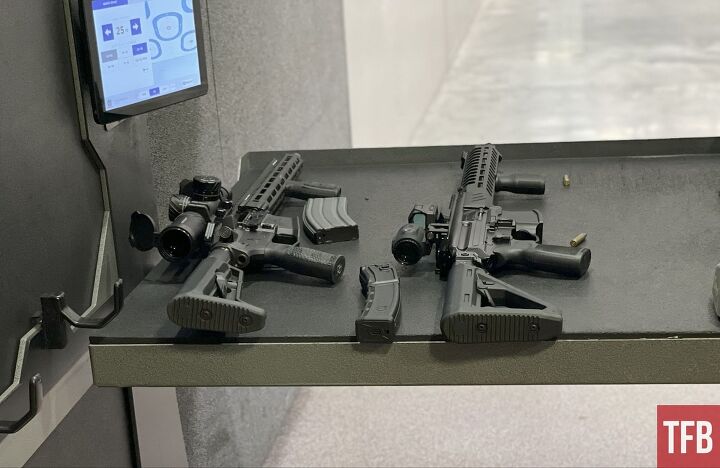






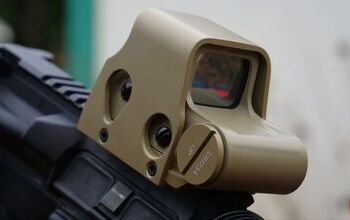







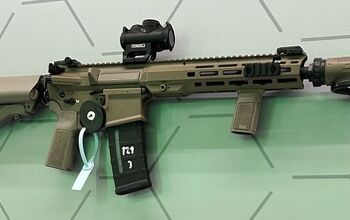
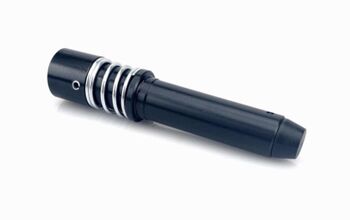
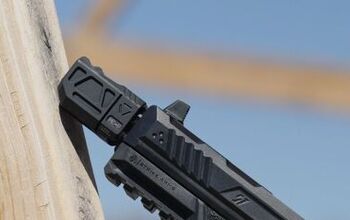

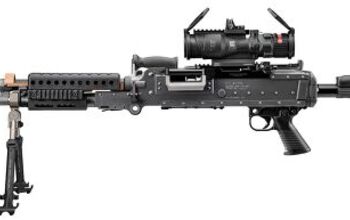
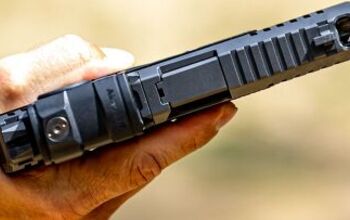
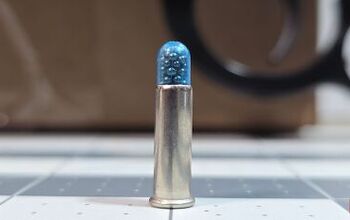

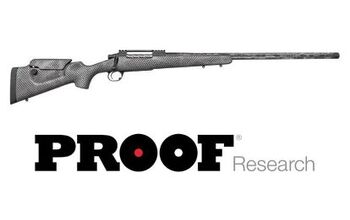
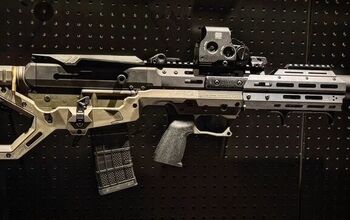
Comments
Join the conversation
vortex had a great red dot with an etched reticle (1 and 3X) a few years ago, buy seems the dropped it; I bought several of each... spitfire?
Out West, larping CQB with a red dot is fun, but very impractical for everything else. An MPVO is ideal and an LPVO is a good compromise if planning to encounter heavily wooded areas or other short-range scenarios.
Also, in adverse conditions (e.g. rain/snow), there are only two surface areas on an LPVO to worry about. There are four on a red dot & magnifier combo. Choose wisely.
You’re misleading by failing to mention that when you add the magnifier to the red dot you definitely have eye relief issues and they suck Usually shorter than an LPVO that’s why you have to run the magnifier all the way back just like a scope I totally agree if you’re shooting longer distances get a LPVO